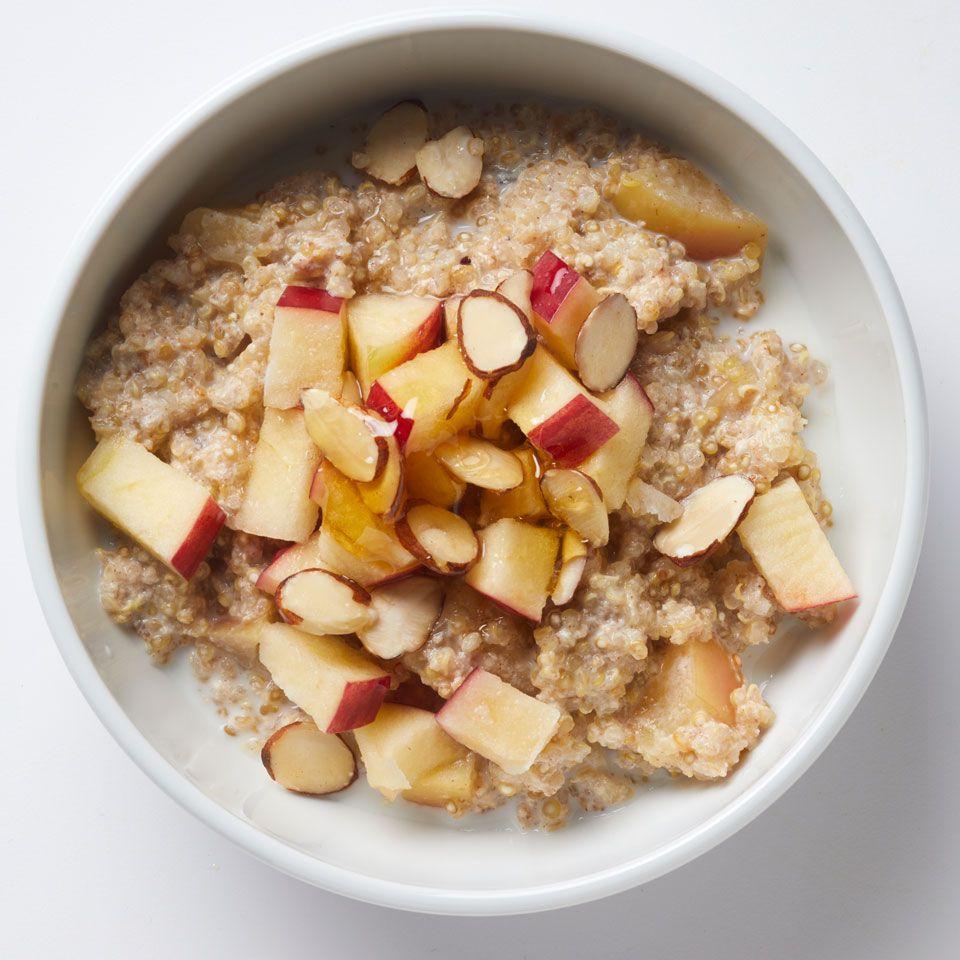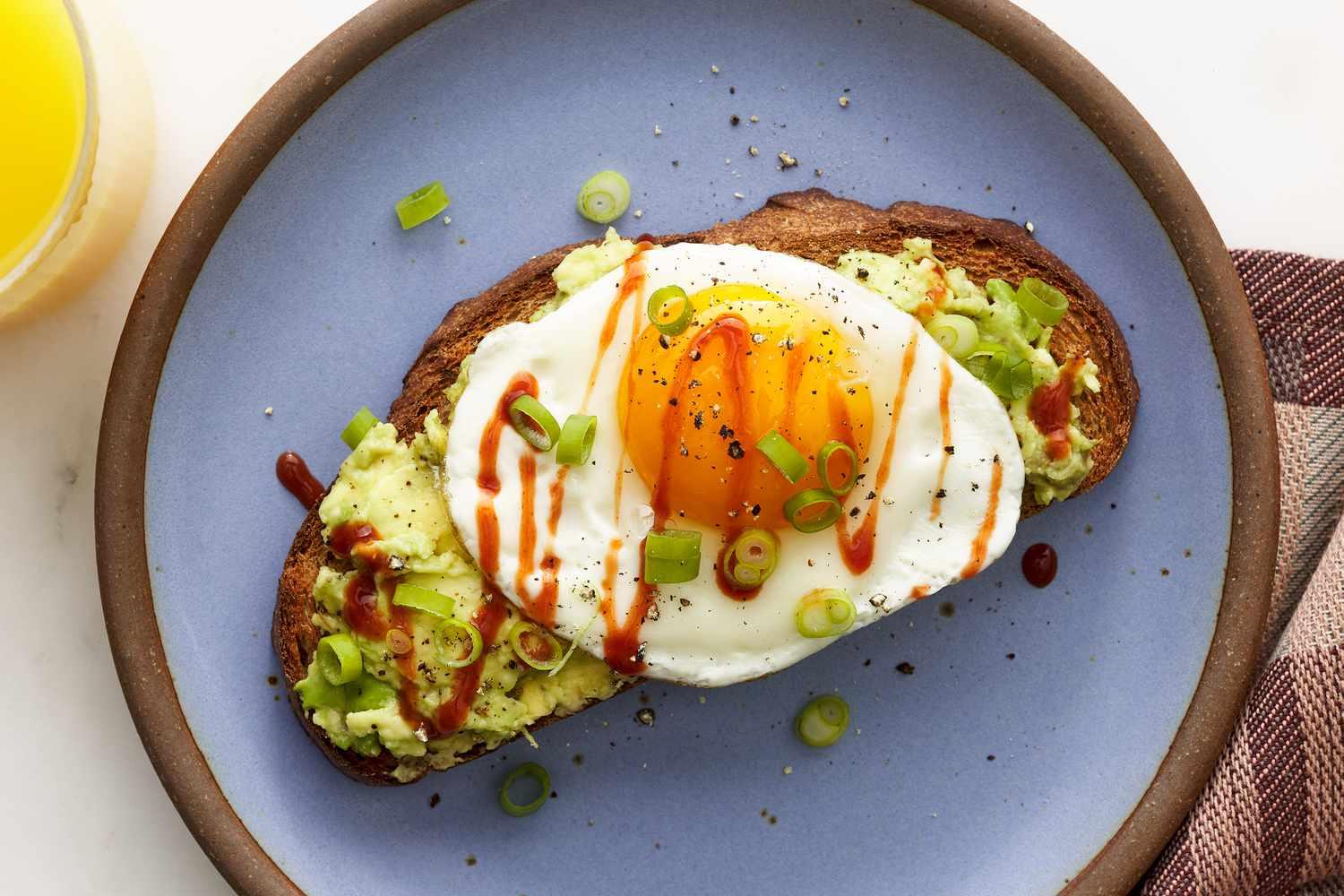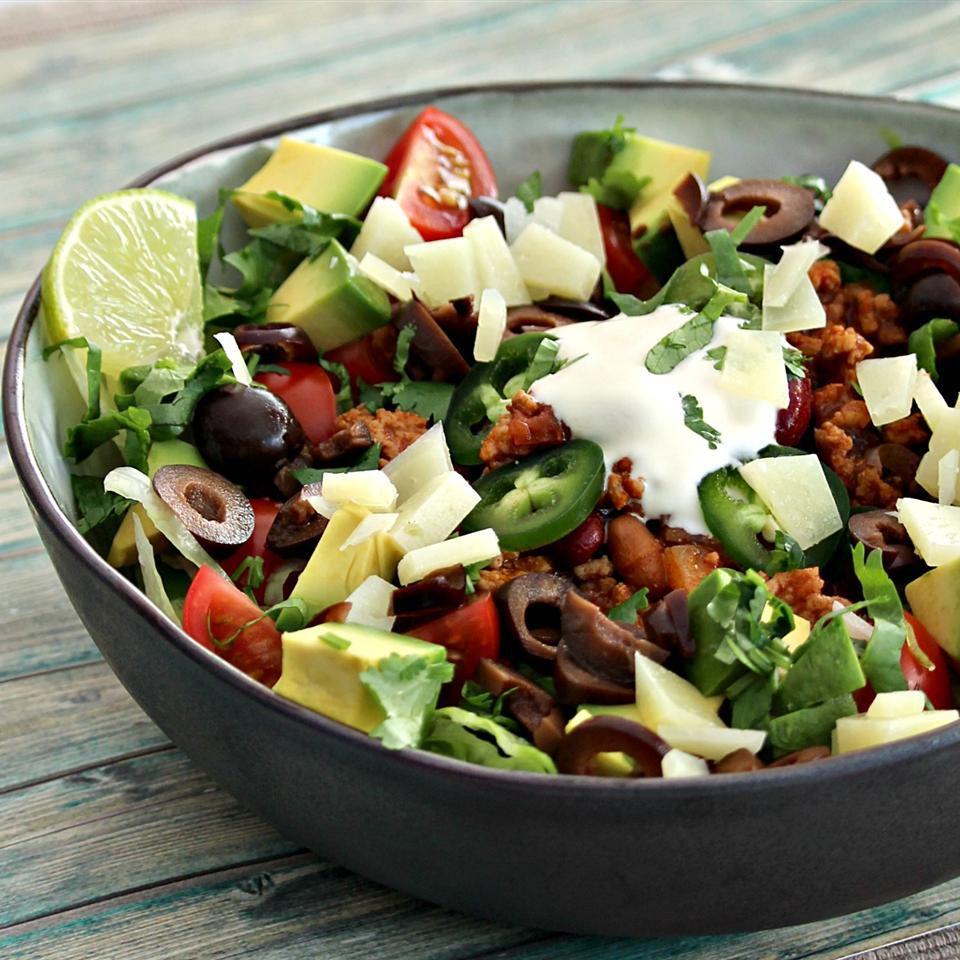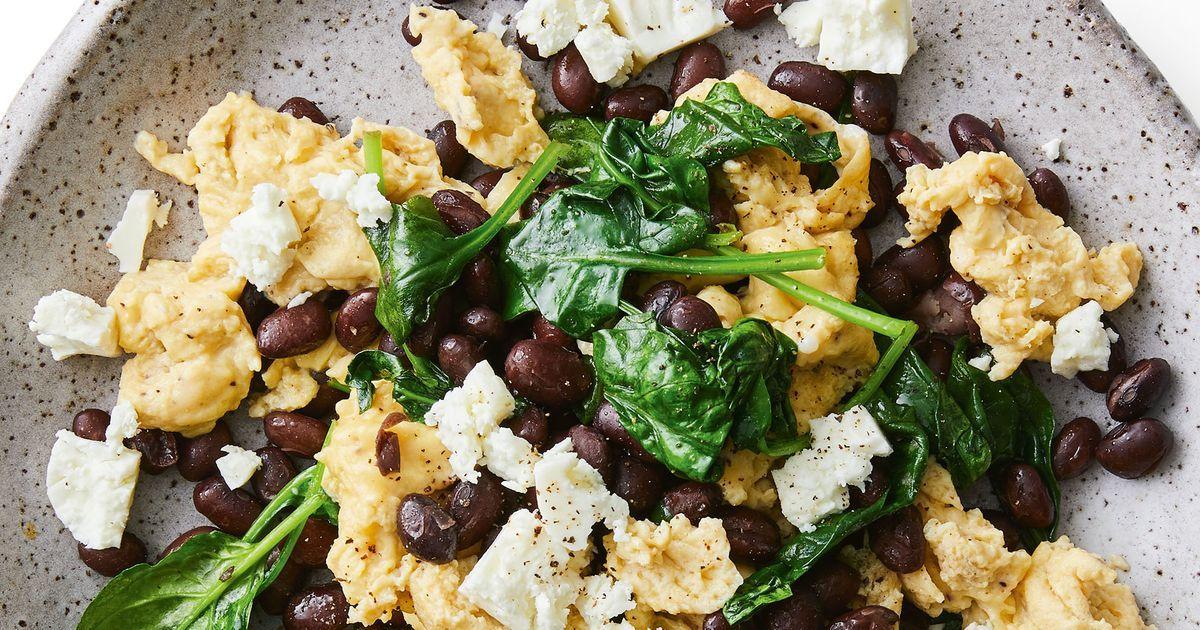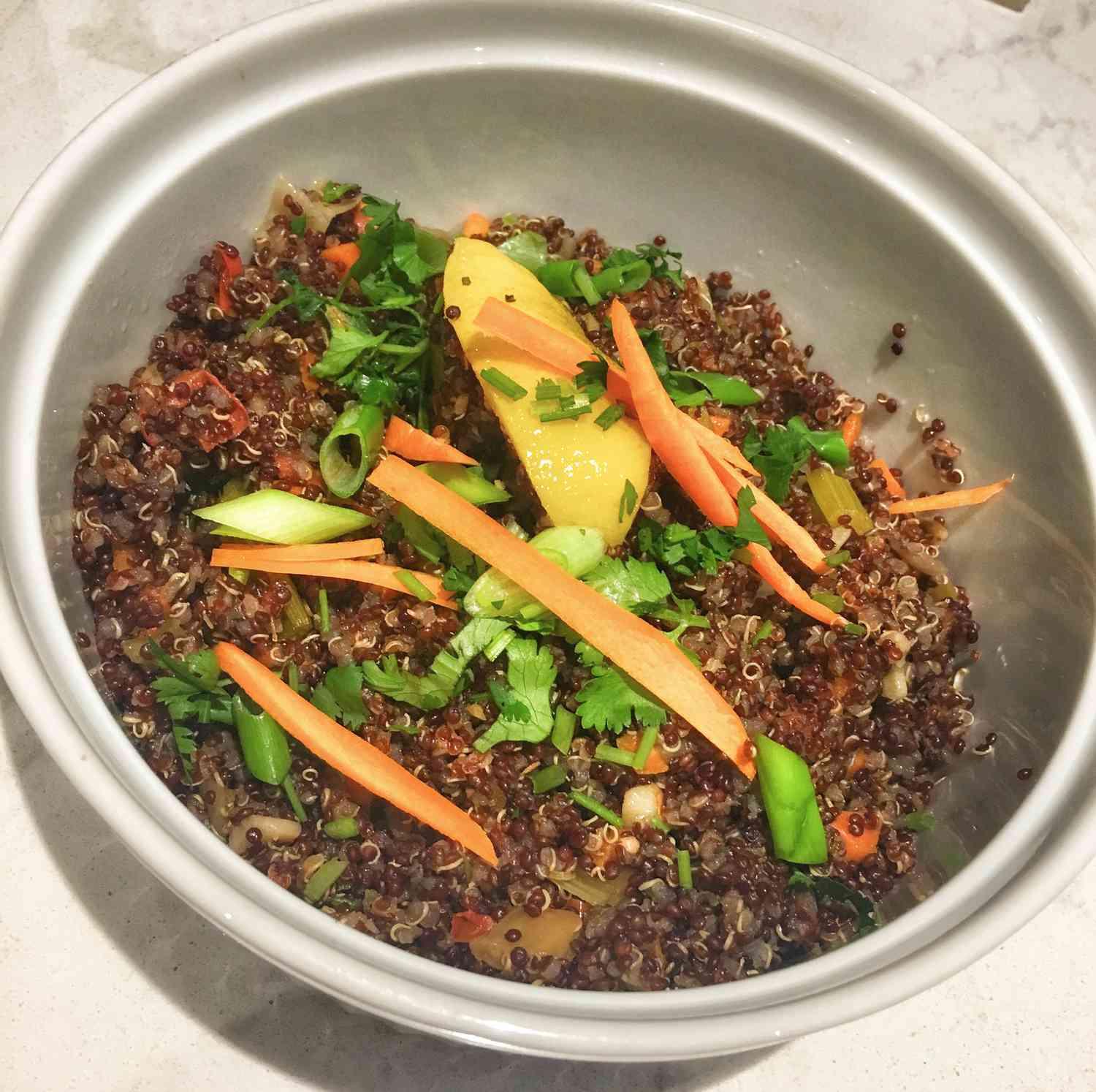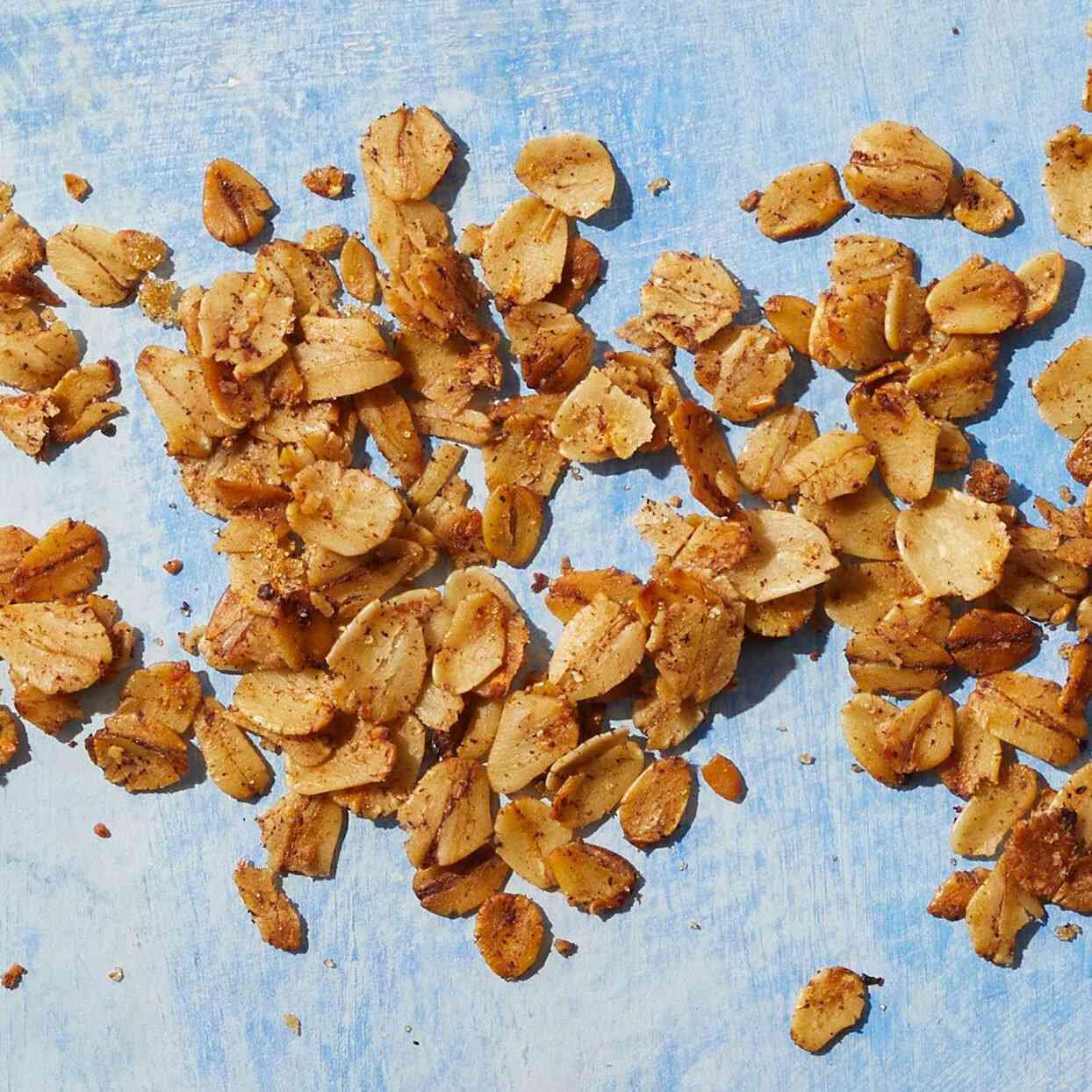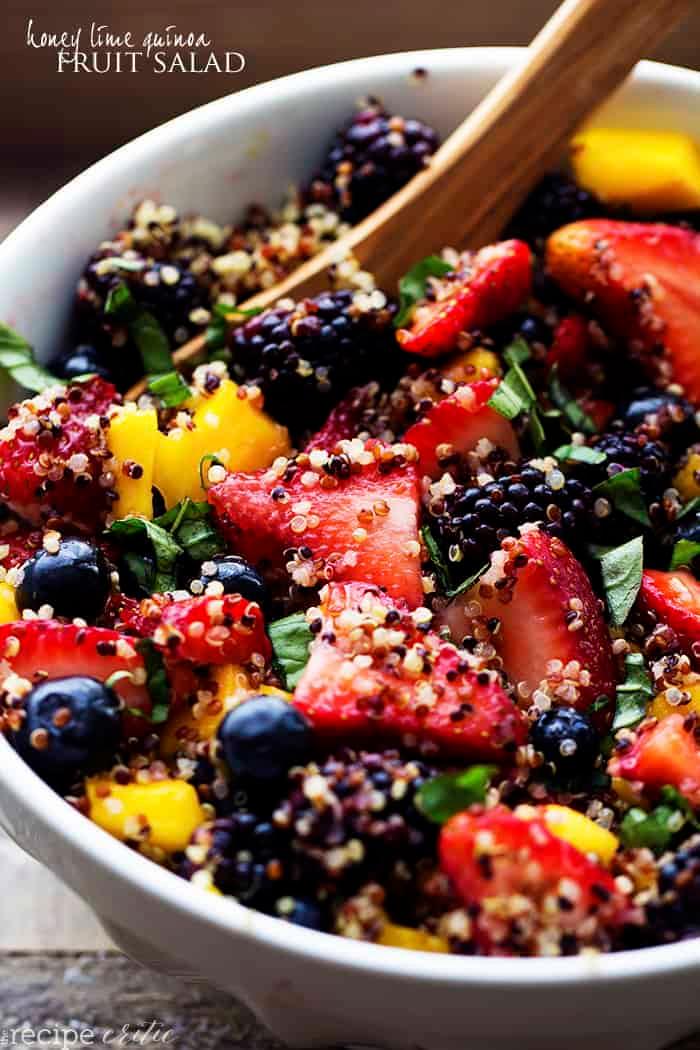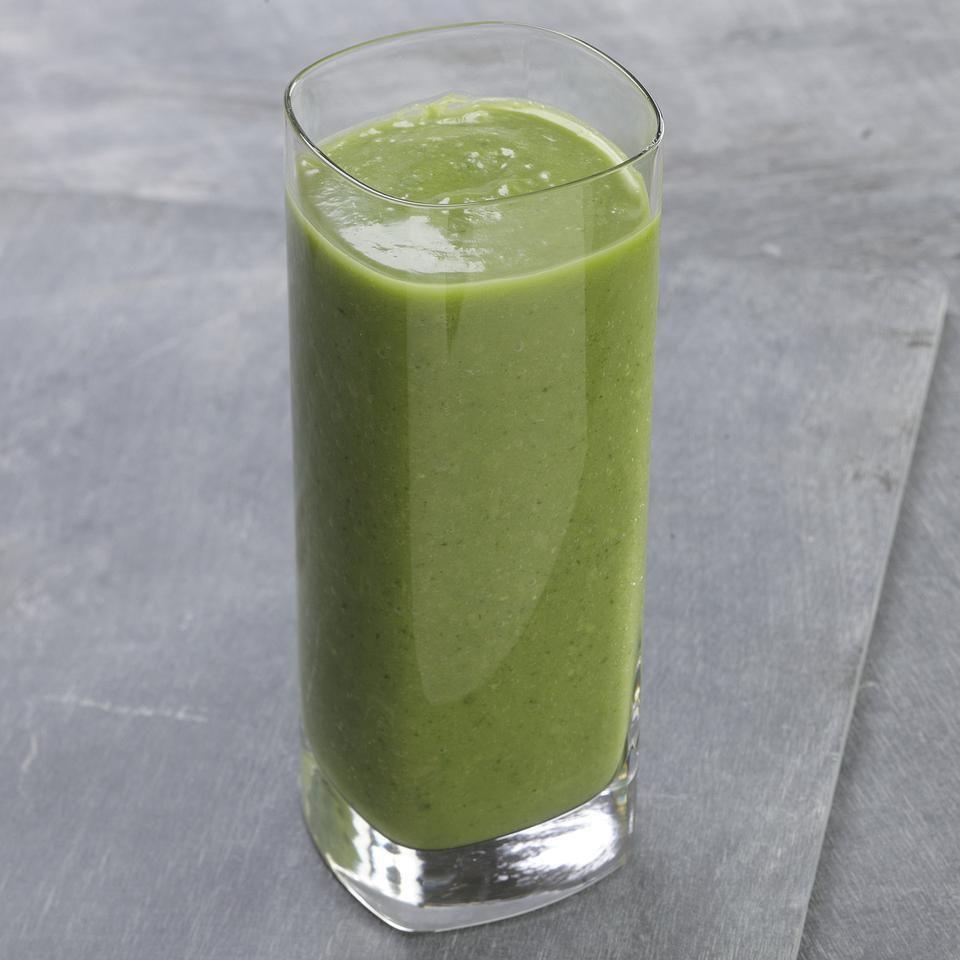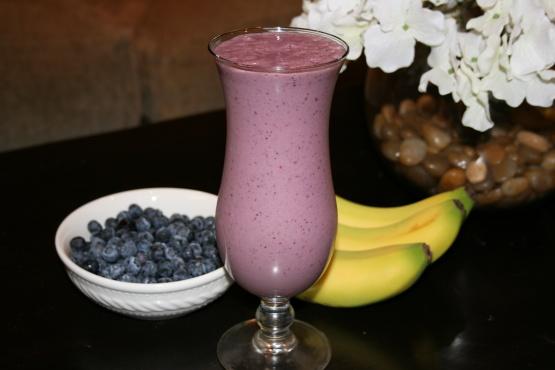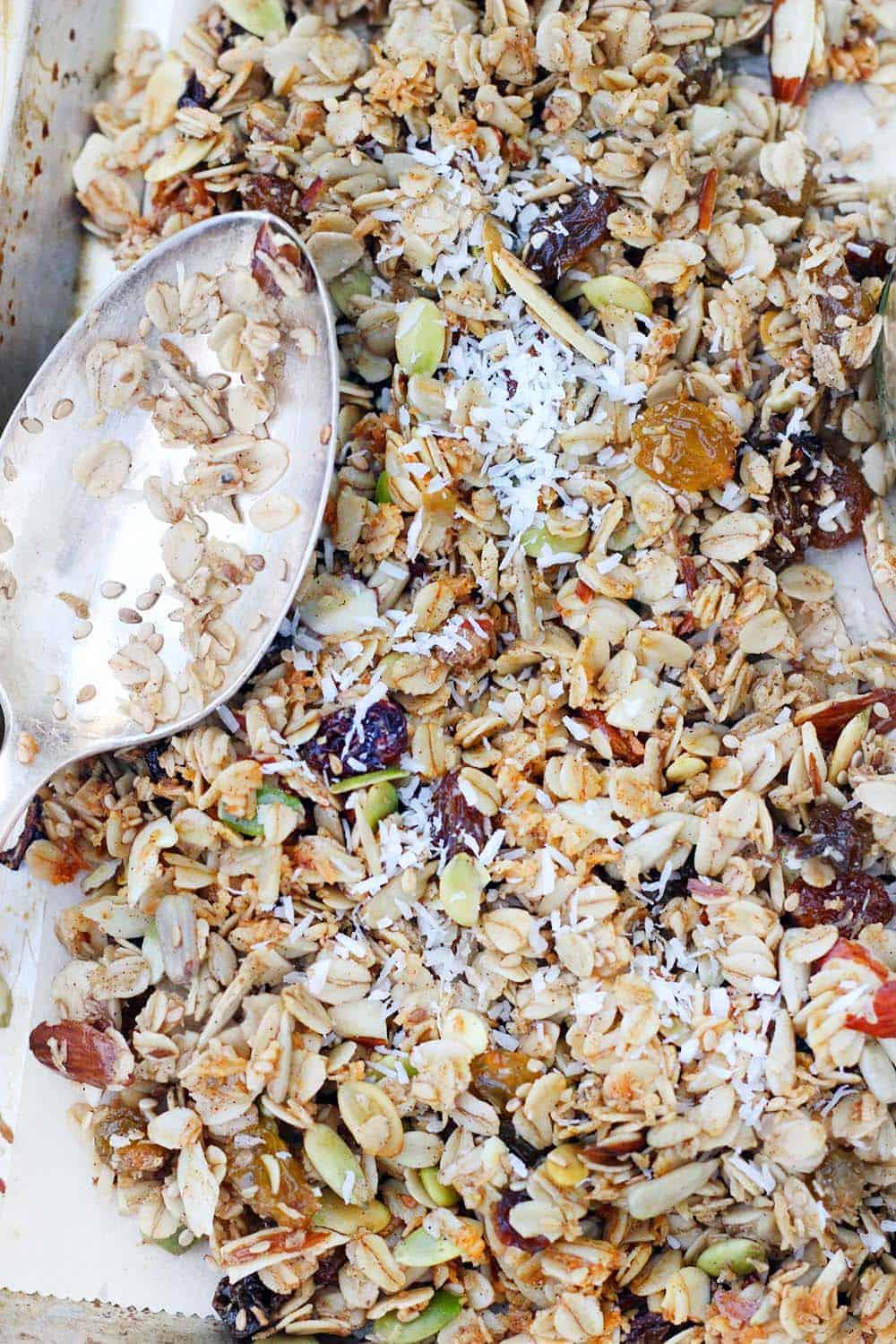
Pick your health conditions
and see that we got you covered!
Filter by
Health conditions
Diet type

Focus on a low glycemic index to keep blood sugar levels stable; include high-fiber foods like vegetables, whole grains, and legumes. Control carbohydrate intake across meals to manage blood glucose; emphasize portion control and distribute carbs evenly throughout the day. Incorporate lean protein and healthy fats to support satiety and provide essential nutrients for both mother and baby's development.
For Diabetes Related To Pregnancy Gestational
Balanced
Day 1
High in fiber-rich vegetables and whole grains to improve insulin sensitivity and promote steady blood sugar levels. Includes lean sources of protein like fish and legumes, and healthy fats from olive oil and nuts, to support heart health and weight management. Limits refined sugars and processed foods, focusing on fresh, plant-based ingredients characteristic of a traditional Mediterranean diet.
For Insulin Resistance
Mediterranean
Day 1
Focus on high-fiber vegetables, quality proteins, and healthy fats to maintain stable blood sugar levels and improve insulin sensitivity. Limit processed and high-glycemic carbs, opting for whole, unprocessed foods to reduce insulin spikes. Include foods rich in omega-3 fatty acids, magnesium, and chromium to support metabolic health and insulin function.
For Insulin Resistance
Low Carb
Day 1
Focus on high-fiber foods, lean proteins, and healthy fats to improve insulin sensitivity and promote heart health. Rich in fruits, vegetables, whole grains, and low-fat dairy, aiming to reduce blood pressure and manage weight. Limit sodium intake, added sugars, and saturated fats to decrease cardiovascular risk factors associated with Metabolic Syndrome.
For Metabolic Syndrome
Dash
Day 1
High in healthy fats, moderate in protein, and very low in carbohydrates to induce ketosis and promote fat burning over sugar burning. Calorie-controlled to create a deficit that leads to weight loss, while ensuring adequate nutrients to maintain health. Includes non-starchy vegetables for fiber and micronutrients, and eliminates sugars and processed grains to reduce insulin spikes and inflammation.
For Obesity
Keto
Day 1


AI recipes for Gestational Diabetes & Balanced
Emphasize high-fiber foods like fruits, vegetables, and whole grains to increase satiety and improve digestion. Include plant-based protein sources, such as beans, lentils, and tofu, to maintain muscle mass and promote fullness. Limit high-calorie, low-nutrient foods like sugary snacks and refined carbs, focusing on nutrient-dense options to reduce calorie intake without compromising nutrition.
For Obesity
Vegetarian
Day 1
A PCOS & low-glycemic meal plan emphasizes foods with a low glycemic index to stabilize blood sugar levels, which is crucial in managing insulin resistance often associated with PCOS. It focuses on high-fiber vegetables, lean proteins, and healthy fats to support weight management and hormone balance, reducing PCOS symptoms. The plan limits processed foods, added sugars, and refined carbohydrates to decrease the risk of metabolic complications and improve overall reproductive health.
For Ovaries Polycystic
Low Glycemic
Day 1
Consistent carbohydrate intake: This plan ensures a steady intake of carbs at each meal to help manage blood sugar levels and coordinate with insulin therapy. Balance and variety: Incorporates a diverse mix of lean proteins, healthy fats, and fiber-rich foods to support overall nutrition while prioritizing low-glycemic index choices. Portion control and monitoring: Focuses on precise portion sizes and regular blood glucose monitoring to tailor insulin doses and prevent hyperglycemia or hypoglycemia.
For Diabetes Type 1 Juvenile Insulindependent
Carbohydrate Counting
Day 1
A GERD & Low-Fat meal plan focuses on avoiding spicy, acidic, and high-fat foods that can trigger reflux symptoms, incorporating alkaline and fiber-rich choices to neutralize stomach acid and promote digestion. It emphasizes portion control, with small, frequent meals throughout the day to prevent overeating, which can increase stomach pressure and exacerbate symptoms. The plan includes lean proteins, whole grains, and plenty of vegetables and fruits, while limiting caffeine, alcohol, chocolate, and mint that can relax the lower esophageal sphincter and allow acid backflow.
For Esophageal Reflux Gerd
Low Fat
Day 1
A meal plan for hyperparathyroidism should focus on maintaining normal calcium levels, often involving a reduced intake of high-calcium foods like dairy products and certain leafy greens to prevent excessive calcium in the blood. Protein moderation is crucial, so the plan should include adequate but not excessive amounts of lean proteins such as chicken, fish, and legumes, avoiding high-protein diets which can exacerbate calcium loss. The plan should also include foods rich in vitamin D and magnesium to support bone health and calcium balance, and limit phosphorus intake to prevent further imbalance in mineral metabolism.
For Hyperparathyroid
Protein Moderate
Day 1















































































